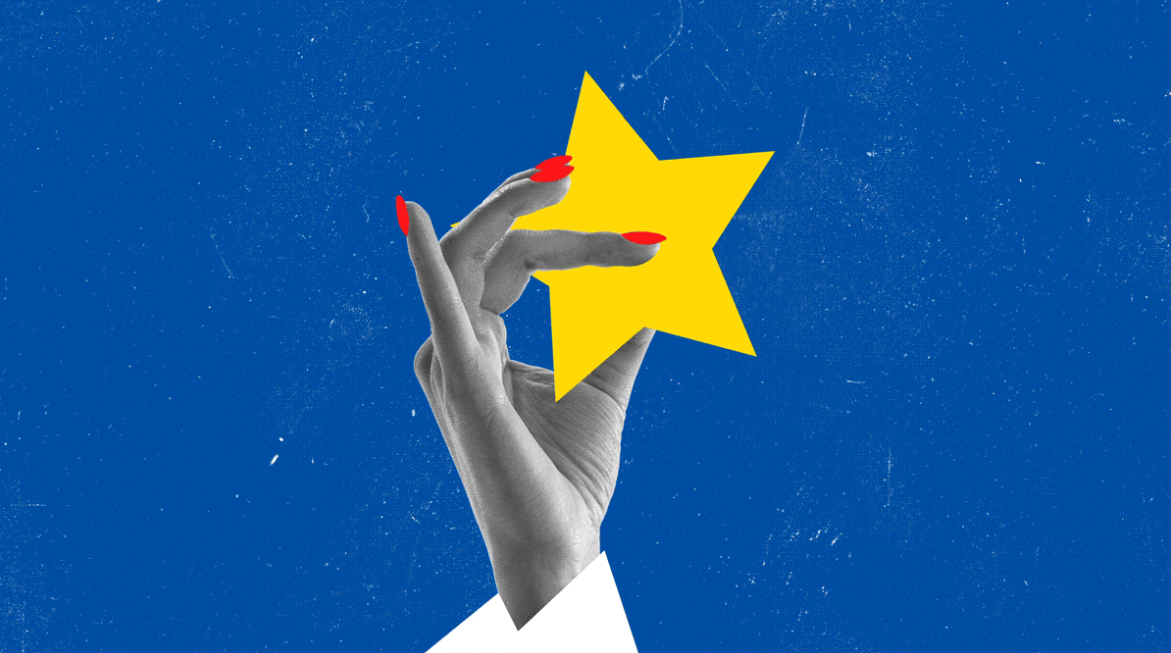
As they often say, searching for a job can feel like a full-time job. And writing a resume can be one of the most challenging and time-consuming tasks in that process.
Everyone knows how important a strong resume is for getting your foot in the door at that next great opportunity. But standing out from other candidates takes an intentional approach designed to get noticed by recruiters and hiring managers.
The rise of generative AI presents a major breakthrough for anyone who wants to improve their resume and become a more marketable talent. This new technology can help you bring your most unique attributes forward while greatly reducing your time spent pulling together, organizing, and wordsmithing your resume.
Read on for some expert tips on how to use GAI tools like ChatGPT to help you write a great resume.
What to do (and not to do) when using GAI for resume writing help
Do: Use GAI for resume analysis and role customization
One of the best places to start is to load your existing resume into an GAI tool and ask for opportunities to make it better. The tool will rapidly draw from a wealth of best practices across the web to provide suggestions. You can even tailor your prompt to suit a certain role or to better highlight specific qualities to help make you standout.
In the LinkedIn Learning course Generative AI Productivity Hacks with Miss Excel, instructor Kat Norton illustrates how you can use ChatGPT to quickly tailor your existing experience to different needs and specializations. She uses a tech consulting role as an example, but her tips can help you no matter what role you’re pursuing.
Don’t: Incorporate all GAI suggestions without adding your own touches
“GAI will only analyze objective, available data,” warns Jenny Foss in her course Resume Makeover. “So if you are looking to infuse creativity or a bit of personality, you’ll still have to fine-tune.”
It’s great to let GAI help you surface new ideas and spot opportunities for improvement, but if you let these tools entirely guide the content of your resume, it might not effectively represent who you are as a person — or give you an opportunity to showcase your individuality and creativity.
Do: Let GAI lend a hand with writing and composition
Not everyone is a naturally gifted writer. This can be one of the big roadblocks with putting together a resume. Drafting your copy and feeling confident about its quality can be daunting for many. Luckily, this is a specific area where generative AI is immensely useful.
At a basic level, you can simply input all of your job experience, skills, and career goals, and ask a tool like ChatGPT to write a resume based on them, giving you a strong starting point to work from. You can even include stipulations in your prompt such as word count, format, tone of voice, or key points of emphasis.
In his course, ChatGPT Prompts for Job Seekers, Dave Birss walks through examples of how to use GAI to get started, showing how you can set up a back-and-forth conversation that gathers all of the important details and whips up a compelling, customized overview of your career story.
Don’t: Use AI-generated copy without editing and tweaking
The same caveat as above applies here: While GAI is great for giving you a starting point, it shouldn’t carry the baton to the finish line. If you’re using AI-generated copy in your resume verbatim, the content risks sounding robotic or generic. Plus, you can’t take for granted that what the tool produces will be 100% accurate.
“Be sure that you read and reread every bit of AI text that you plan to add to your resume,” Foss says. “The last thing you want is to have to admit that ChatGPT may have embellished just a bit when an interviewer asks about an accomplishment that you’ve listed.”
Do: Use GAI to help surface and inventory relevant skills
When recruiters or companies are reviewing your resume, they are likely to be on the lookout for specific skills and proficiencies necessary for the role. That’s why listing skills at the top of your resume can be one of the best ways to get a recruiter or hiring manager’s attention. Of course, you want to be sure you’re showcasing the right skills.
Depending on your background, you might have a number of transferable skills that would make you a fit even for roles where you may lack experience. In the course Using AI to Make a Career Switch, instructor Elaine Cartas provides a three-step plan for discovering your unique set of transferable skills with an assist from generative AI:
- “Review your resume or LinkedIn profile,” she says, “and reflect on the responsibilities of your current and past work experience that you actually enjoy doing. Write down a list of these responsibilities and the skills you’ve gained that you enjoy. These are your strengths.”
- “Ask AI,” she says, “what type of jobs and industries involve those specific responsibilities and skills. Try the prompt: I have experience doing X with a skillset of Y. What are jobs and industries that are transferable? After you get a list, start researching and highlight the top five jobs you’re interested in.”
- “Compare job descriptions,” she says. “By reviewing the job descriptions in depth, you’ll be able to determine where you can directly transfer your experiences and skills. Put the job descriptions into AI with a prompt, Here are some jobs I’m considering. What industry terms are used in them? Then review the results and compare them to your list of skills.”
You might also consider having GAI help you create alternative versions of your primary resume highlighting the most relevant and important skills for different industries or roles. It can make applying to a variety of positions that much easier and faster.
Don’t: Limit the scope and framing of your skills to what GAI provides
Depending on what version of, say, ChatGPT that you are using, it might draw from a database of information that is several years old. As a result, it’s important to conduct your own research, scrutinize what the tool suggests, and use your personal judgment about the best skills to include in your resume and how to position them.
“AI is a tool and doesn’t make choices,” says Cartas in her course. “You are a human and you have the privilege of making choices. AI can provide you with some great options, but you must ultimately decide what you want.”
No time to waste: Now is the time to enhance your resume efficiently with GAI
Crafting a resume that stands out from the pack and uniquely conveys your professional strengths can be one of your biggest differentiators in the job hunt. If the time and effort that goes into revamping your resume feels intimidating, then these AI-assisted techniques might be just what you need to get the ball rolling and find your edge.
Source: LinkedIn




